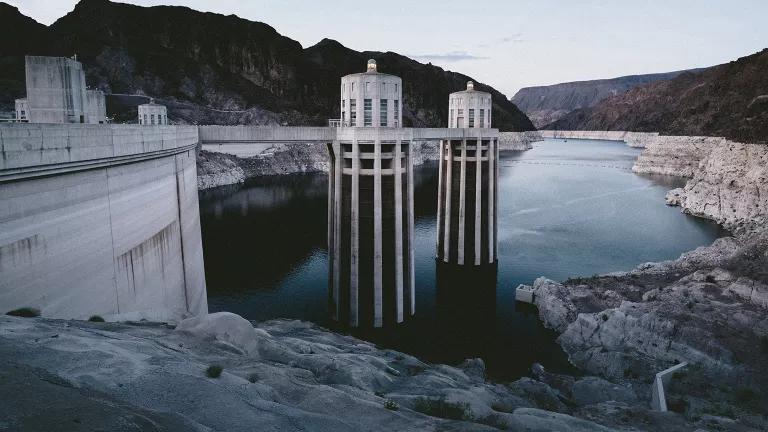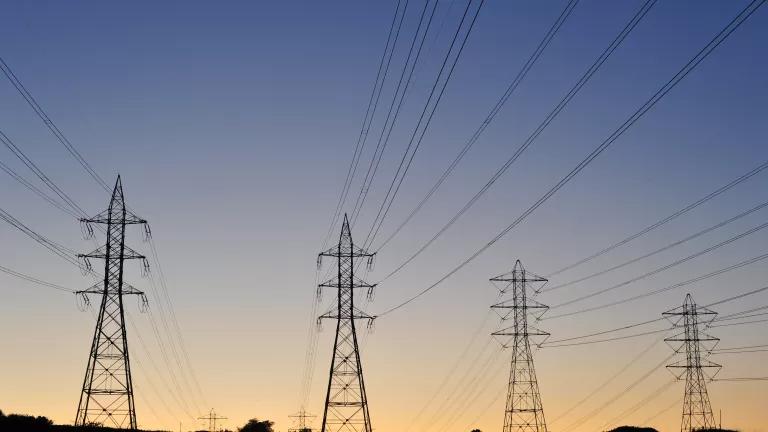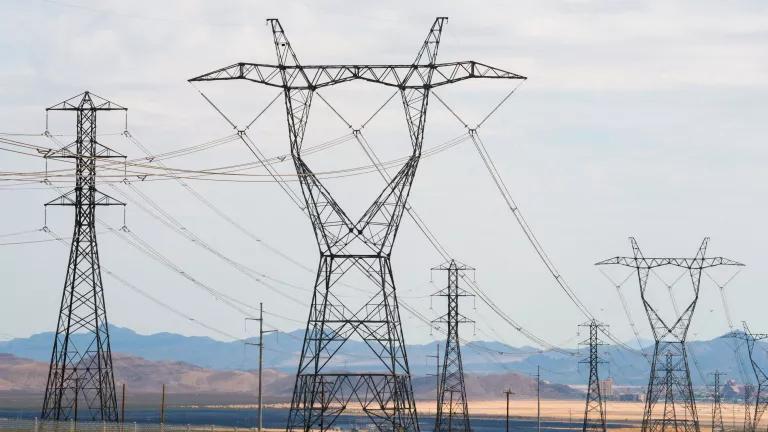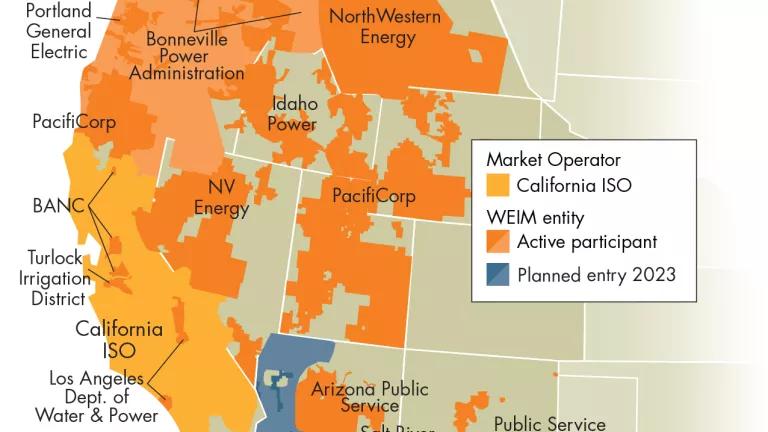Six Colorado Basin States Lay Down a Marker for California
The "Consensus Based Modeling Alternative" is a positive development in addressing the current water emergency. It’s unfortunate that California did not join in this recommendation.

Low water levels on the Colorado River at Hoover Dam
Jakob Owens
Commissioner Camille Touton of the US Bureau of Reclamation first laid down the challenge to the seven Colorado Basin states in June of 2022: Reductions of water withdrawals of from 2 to 4 million acre-feet per year, or as much as 1/3 of the recent annual usage of Colorado River water, would be needed as early as 2023 to protect water and power operations at Glen Canyon and Hoover Dams, and avoid catastrophic depletion of Lakes Powell and Mead. While joint studies by Reclamation and the basin states a decade ago had predicted that a gap this size between supply and demand was likely to open up by mid-century, the distant future arrived early. The time to reconcile with our changing climate – including a warmer and drier Southwest -- was now.
After dickering and bickering their way through the Commissioner’s first deadline (August 16), the states and major water users kept talking, and 6 of them – minus California -- met the Commissioner’s revised deadline (January 31) by producing a "Consensus Based Modeling Alternative" for the Bureau to consider in a new analysis of water curtailment options for later this year.
The 6-state proposal is a very positive development, including important steps to address the current emergency. It’s unfortunate that California, as the largest user of Colorado River water, did not join in this recommendation.
Most significantly, the proposal finally ends the fiction that evaporation from this huge reservoir system doesn't count. It recognizes the role of evaporation in reducing the dependable yield of the system, and as such, it assigns evaporation losses to all Lower Basin users in relation to their use of Colorado River water and the federal infrastructure that serves them. This alone will not resolve the ongoing supply challenge brought about by climate change, but it is an enormously important first step toward to reducing unsustainable demands on the Colorado River system.
The proposal also invokes additional curtailments in the Lower Basin before reservoir elevations become acutely low, providing a much greater margin of safety for the reservoir system.
In tandem with new and more protective trigger levels for reducing withdrawals, the proposal supports the robust use of the Interior Department's authority to review and confirm that all withdrawals of Colorado River water meet contemporary standards for efficient use and avoidance of waste. This is a unique role for the Department, essentially serving as river master for the Lower Colorado, with authority to set terms and conditions for all withdrawals from the main stem of the river. While there are many effective water efficiency measures employed across the Colorado Basin, their application is uneven and inconsistent, leaving room for efficiency gains that can further reduce the need for water withdrawals.
A few shortcomings of this proposal ought not go unnoticed. The proposal lacks specificity for any firm commitments by water users in the Upper Basin states, which the Department should be evaluating as well. And the proposal assigns a significant reduction to Mexico, which may be unrealistic and require revision of the reduction targets projected for US water users.
The absence of California from this proposal is deeply concerning. I wrote about the need for California to face up to the magnitude of the Colorado supply shortfall last August here. This transition must be a shared responsibility for both urban and agricultural water users. But now that the 6-State proposal has been offered to Interior, the Newsom Administration and Attorney General Bonta must act promptly to ensure that California's position is not solely defined by large agribusiness. The lead negotiator for California is a board member of the Imperial Irrigation District (IID). IID is the largest single user of Colorado River water by far, and as a holder of senior water rights has been reluctant to share the responsibility for major mandatory reductions. An absolutist position from IID, with California in tow, would inevitably block a basinwide consensus.
The state of California’s interests are not necessarily identical with Imperial’s interest, however. To meet the moment and protect the reservoir system upon which much of the state’s economy depends, California’s position needs to --
- Assume its fair share of the water use reductions that will be necessary to sustain the Colorado system through the present emergency and beyond, including an equitable distribution of evaporation losses.
- Protect the essential health and safety needs of millions of urban users of Colorado River water within California, while pressing for greater efficiency and reuse in urban areas.
- Meet the needs of farm labor and farmworker communities in the Imperial Valley for the transition to more sustainable levels of water use.
- Effectively respond to the threats to the Salton Sea and regional air quality.
If IID wants to sue the Interior Department over curtailments designed to protect the reservoir system that serves them, so be it. But the State of California has wider interests, and should not let a single district’s litigation strategy obscure the need to begin the urgent transition to sustainable use of Colorado River water.




